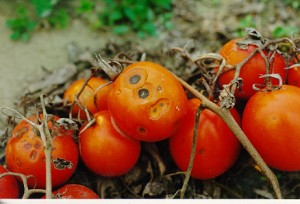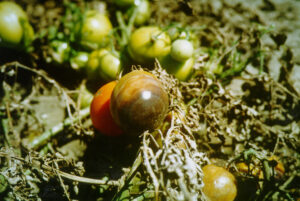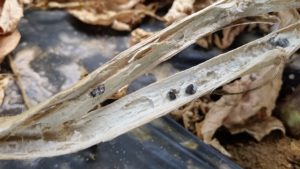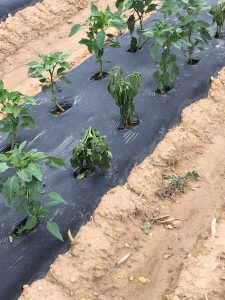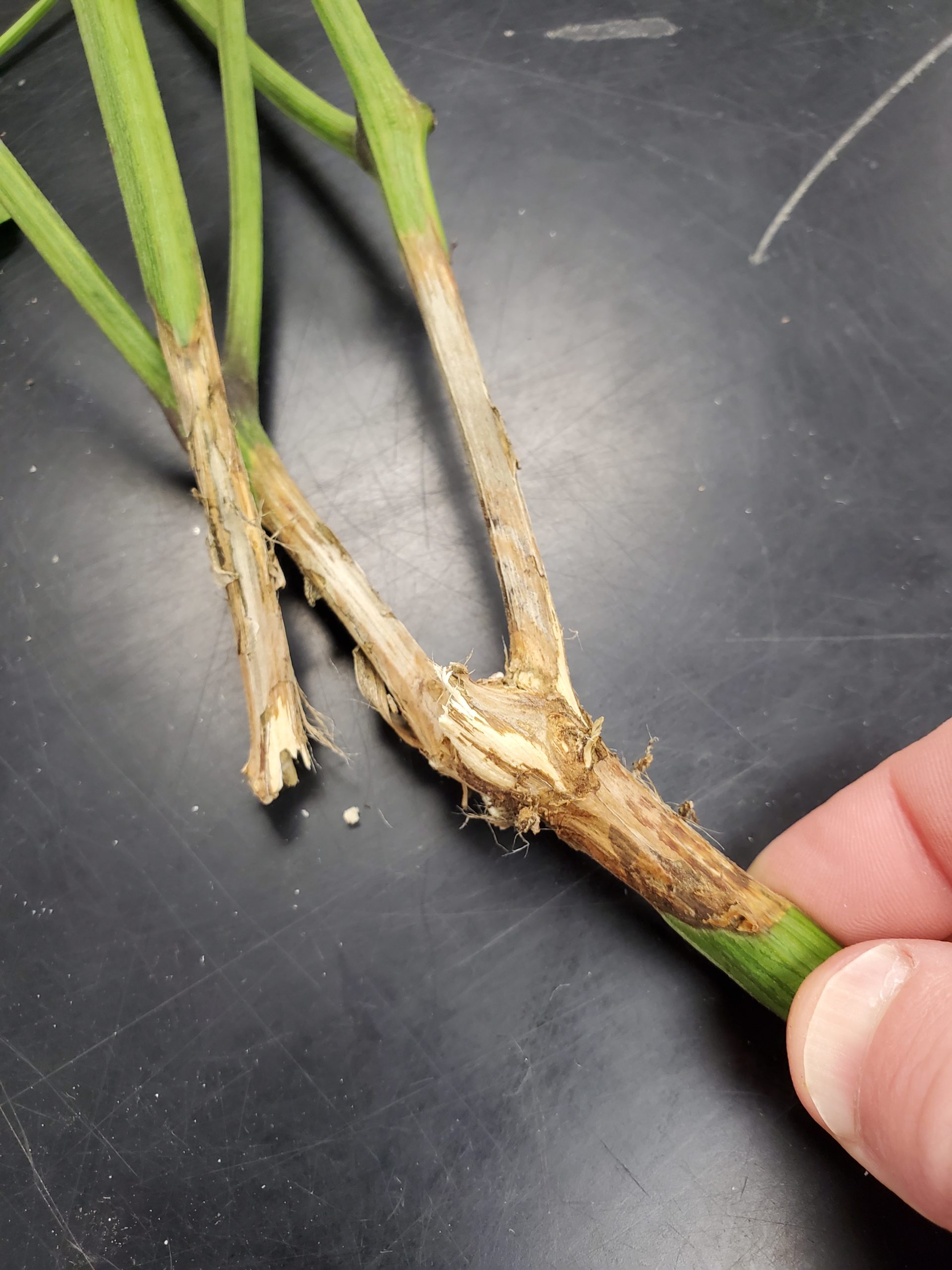Asparagus growers should consider scouting their fields regularly during the summer months for foliar disease development. Important pathogens that growers need to scout for on a regular basis include Purple spot, Cercospora, and Rust. [Read more…]
Controlling Cercospora leaf spot in beet crops in 2023
Cercospora leaf spot (CLS), caused by Cercospora beticola, is an important and emerging disease in beet and swiss chard production in New Jersey. Efforts to control this disease has become more difficult in the past few years in some areas of southern New Jersey. [Read more…]
Controlling Anthracnose and Alternaria Leaf Blights in Cucurbit Crops
Anthracnose and Alternaria leaf blight can become problematic in cucurbit crops during long periods of wet, humid weather. Both can cause significant losses if not controlled properly. With the production season in full swing, now is a good time to review a few of these important diseases. [Read more…]
Important resources for cucurbit disease control in 2023
The cucurbit growing season is well under way in New Jersey and the rest of the mid-Atlantic region. Below are links to useful resources for the identification and management of important cucurbit diseases.
Diagnosing important diseases in cucurbit crops
Cucurbit Powdery and Downy Mildew: A Tale of Two Pathogens
The downy mildew forecasting website
Preparing for cucurbit downy mildew in 2023
Preparing for cucurbit powdery mildew in 2023
Preparing for Anthracnose and Alternaria Leaf Blights in Cucurbit Crops
Recognizing and controlling Angular leaf spot in cucurbits
Recognizing and controlling Plectosporium blight in cucurbits
Controlling Phytophthora and Pythium root rots
Destroying cucurbit plantings after harvest
Diagnosing Important Diseases In Tomato – Reference Guide
The following images consist of important diseases in tomato. These images can be used as a quick reference for diagnosing important fungal and bacterial pathogens. For best results, please turn your device (i.e., cell phone) sideways. For information on commercial control recommendations, please visit the tomato section of the 2022/2023 Mid-Atlantic Commercial Vegetable Production Guide. Additional information for home gardeners is located at the bottom of the Table.
For the homeowner or non-commercial grower there are a number of Rutgers/NJAES Fact Sheets available on-line:
For other Rutgers University/NJAES Fact Sheets for tomato please click here.
Diagnosing important diseases in Pepper – Reference Guide
The following images consist of important diseases in pepper. These images can be used as a quick reference for diagnosing important fungal and bacterial pathogens. For best results, please turn your device (i.e., cell phone) sideways. For information on commercial control recommendations, please visit the pepper section of the 2022/2023 Mid-Atlantic Commercial Vegetable Production Guide.
Andy Wyenandt, Wesley Kline, and Kris Holmstrom


